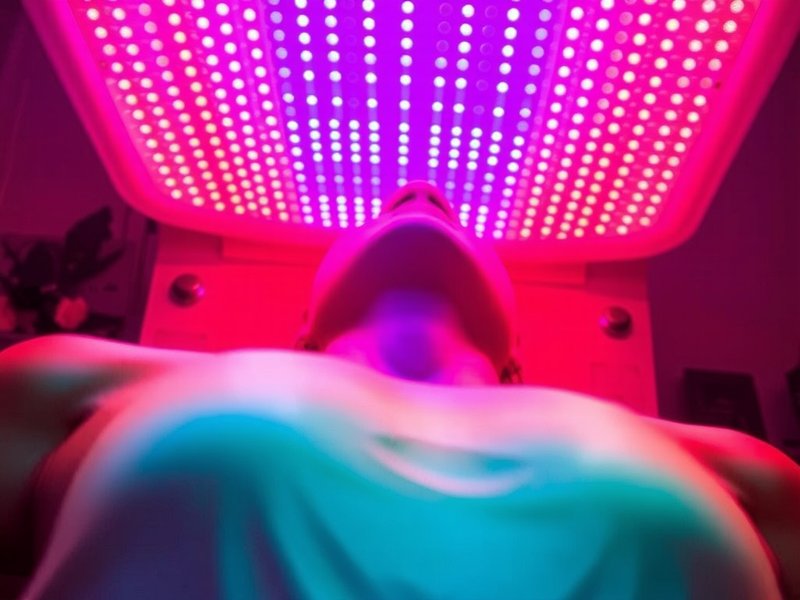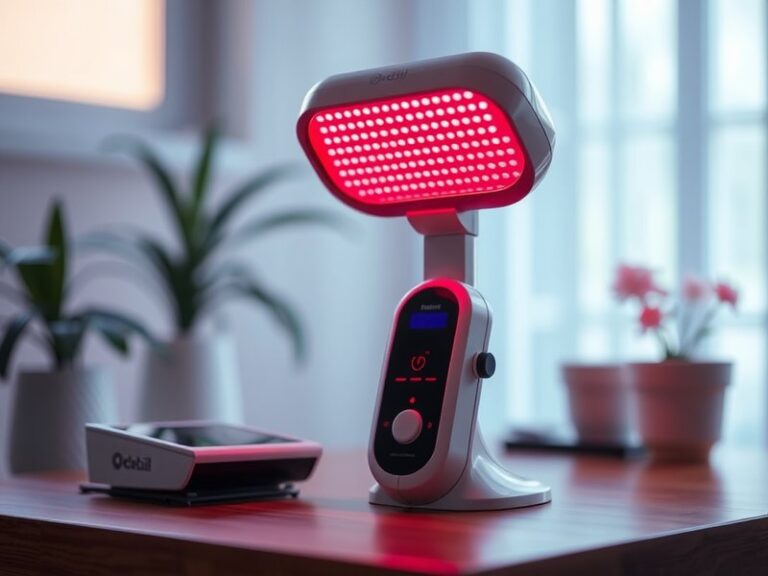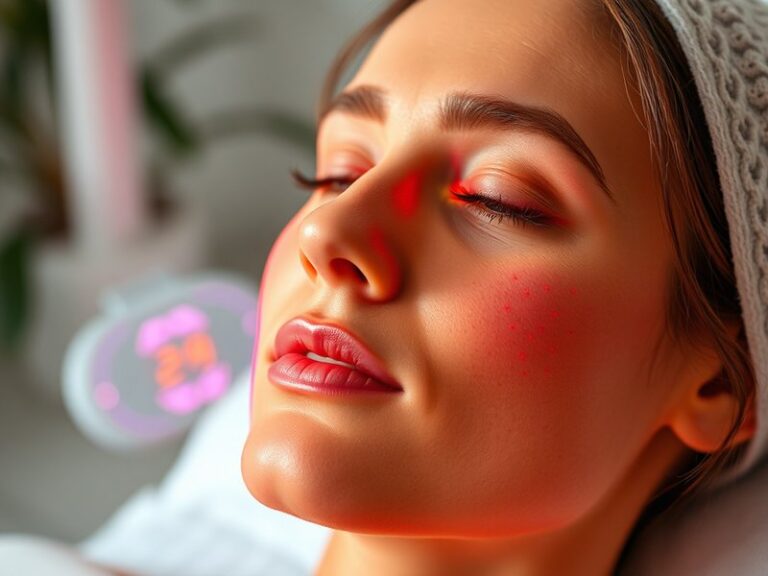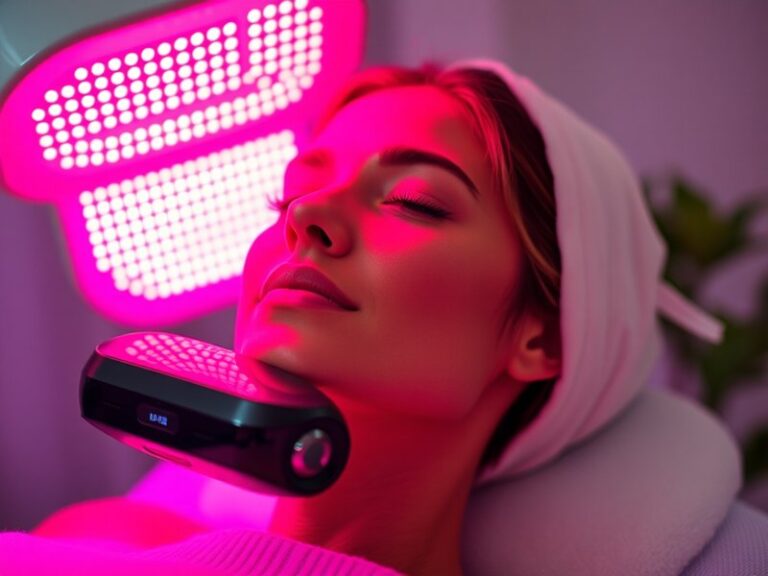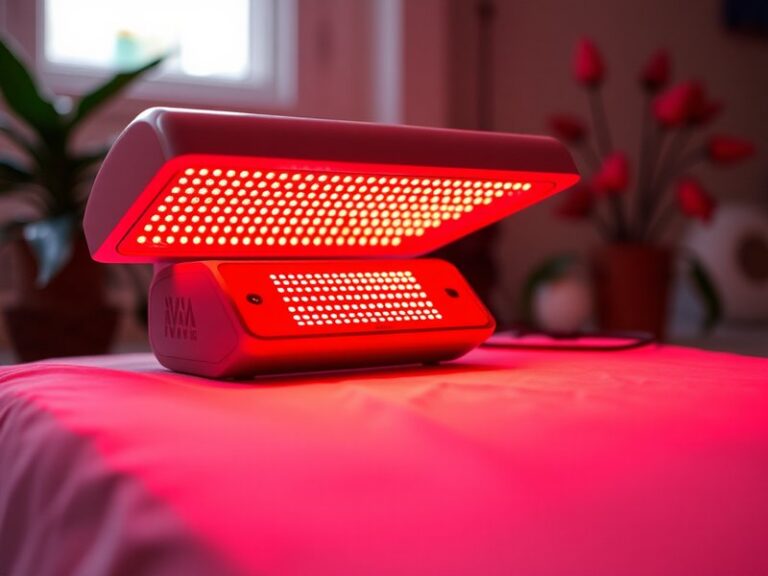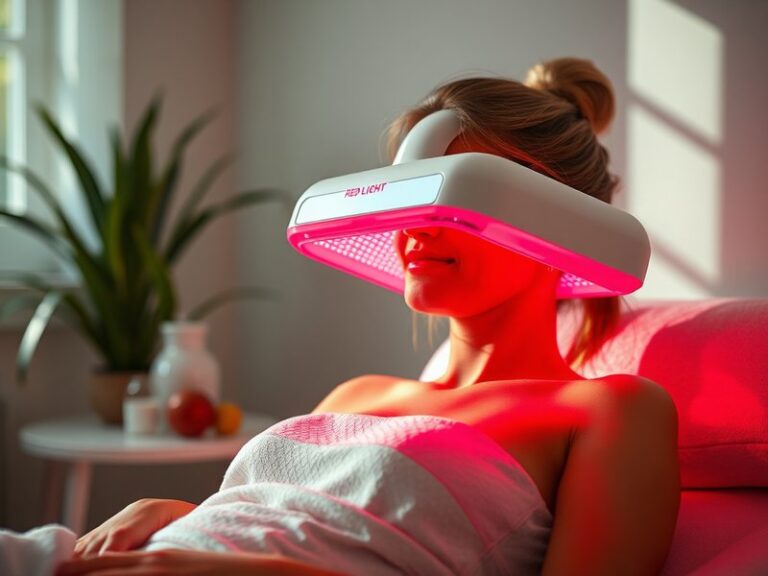Does Red Light Therapy Increase Atp?
Does Red Light Therapy Increase ATP?
Have you ever wondered how red light therapy could revolutionize your energy levels and overall wellbeing?
This article delves into the science behind red light therapy, particularly its supposed ability to increase adenosine triphosphate (ATP) production in cells. We will explore how red light therapy works, its benefits, considerations before using it, and alternatives that might achieve similar results.
Key Takeaways
- Red light therapy has been shown to enhance cellular ATP production, potentially boosting energy levels.
- The therapy involves the use of specific wavelengths of light to penetrate the skin and stimulate cellular activity.
- While generally safe, it is important to consider individual health factors and consult experts before starting treatment.
What is Red Light Therapy?
Red light therapy (RLT) is a non-invasive treatment that utilizes low-wavelength red light to stimulate healing and cellular regeneration. The therapy aims to harness light energy to improve various physiological processes in the body.
The primary mechanism of RLT involves photo-biomodulation, where specific light wavelengths activate photoreceptors in the mitochondria of cells. This activation enhances mitochondrial function, leading to increased ATP production, which is crucial for cellular energy.
What are the Benefits of Red Light Therapy?
Exploring the benefits of red light therapy reveals its significant potential in enhancing health and wellness.
Enhanced ATP Production
One of the most notable benefits of red light therapy is its ability to increase ATP production within cells. Studies have indicated that exposure to red light can accelerate the natural energy production process, which could improve athletic performance, recovery times, and overall energy levels.
Improved Healing Processes
Red light therapy promotes faster healing of wounds and injuries by enhancing circulation and reducing inflammation. By boosting ATP production, the body’s cells can repair tissues more efficiently, making this therapy highly beneficial for recovery from injuries.
Reduced Inflammation and Pain
RLT has been demonstrated to effectively alleviate pain and inflammation. Many users report significant reductions in chronic pain symptoms, supporting the idea that improved cellular function can influence overall well-being.
Skin Health Benefits
Red light therapy can also enhance skin health by promoting collagen production and improving skin texture. This creates a more youthful appearance while addressing issues like scars and fine lines.
Is it Possible to Increase ATP with Red Light Therapy?
Yes, increasing ATP levels through red light therapy is highly plausible. Scientific research indicates that certain wavelengths of light can stimulate mitochondrial function, leading to enhanced ATP output.
What are the Advantages of Increasing ATP Levels?
- Boosted Energy Levels: Increased ATP can lead to greater overall energy and vitality, enhancing daily function and activity.
- Improved Recovery Time: With enhanced energy availability, the body can recover faster from exercise or injury.
- Enhanced Mental Clarity: Higher ATP levels may also contribute to improved cognitive functions, resulting in better focus and memory.
What are the Disadvantages of Increasing ATP Levels?
- Overstimulation: Excessive ATP production might lead to overstimulation of cellular processes, potentially causing stress on cells rather than benefits.
- Skin Sensitivity: Individuals with sensitive skin might experience adverse reactions if not properly monitoring their treatment regimen.
- Costs and Accessibility: Access to effective red light therapy devices may come at a high cost or require regular visits to clinics.
What are the Things to Consider Before Starting Red Light Therapy?
Before embarking on a red light therapy regimen to increase ATP production, several factors should be taken into consideration.
Consult a Healthcare Professional
It’s essential to discuss with a healthcare provider before beginning treatment, especially for individuals with preexisting conditions or those pregnant.
Device Quality and Specifications
Not all red light therapy devices are created equal. Research the wattage and light spectrum of devices to ensure they are suitable for effective ATP stimulation.
Session Duration and Frequency
Understanding how long and how often to use the therapy is crucial. Excessive use may not yield better results and can lead to diminishing returns.
What are the Alternatives to Red Light Therapy for Increasing ATP Levels?
For those considering options beyond red light therapy, several alternative strategies can also promote ATP production.
Exercise
Regular physical activity is one of the most effective methods to boost ATP levels. Exercise stimulates mitochondrial biogenesis, improving energy production capacity.
Get the complete picture Red Light Therapy After Microblading?
Healthy Nutrition
Consuming a balanced diet rich in carbohydrates, proteins, and healthy fats can provide the nutrients necessary for ATP production. Foods high in antioxidants may also aid cellular health.
Adequate Sleep
Quality sleep is fundamental for cellular recovery and energy regeneration. During sleep, the body heals and replenishes ATP levels.
Get informed with Does Red Light Therapy Work?
Supplementation
Certain supplements, such as Coenzyme Q10 and creatine, have shown potential in enhancing ATP production. However, these should be taken under professional guidance.
Conclusion: Is it Recommended to Use Red Light Therapy to Increase ATP?
Red light therapy presents a promising avenue for increasing ATP production, facilitating enhanced energy levels and improved cellular function. While there are significant benefits, potential risks and individual considerations must be taken into account. As always, consulting a healthcare professional can help tailor the right approach for personal health needs.
Frequently Asked Questions
Does red light therapy have side effects?
Generally, red light therapy is considered safe, but some individuals may experience temporary skin irritation or sensitivity. Consulting a professional can help mitigate any potential issues.
How often should I use red light therapy for optimal results?
The ideal frequency depends on individual goals; however, many recommend sessions ranging from 3 to 5 times per week for best results.
Is red light therapy suitable for everyone?
Most individuals can safely use red light therapy, but those with specific medical conditions or pregnant women should seek guidance from a healthcare provider.
Can I purchase red light therapy devices for home use?
Yes, there are various consumer-grade red light therapy devices available for home use. Ensure that the device specifications align with effective therapeutic practices.
